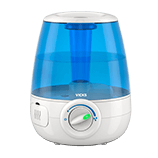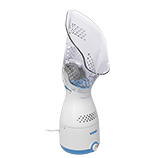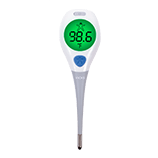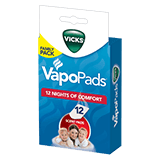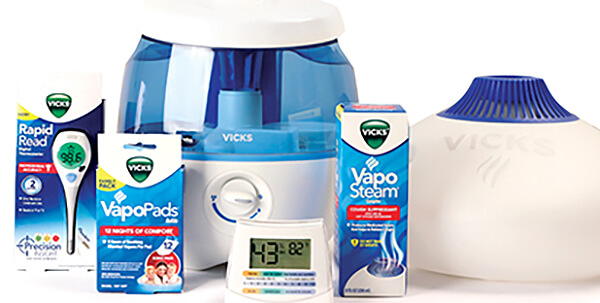
- Products
- Resources
-
-
Vicks products are available for purchase online and in-store at most major retailers.
-
-
- Support
-
-
VICKS SUPPORT
View product-specific FAQs & videos
-
-
- Products
- Resources
- SUPPORT
- Warranty Registration
- Contact Us
2025 Tech Innovations in Humidification How Best Filter Free Cool Mist Humidifiers Enhance Air Quality
As we look towards 2025, the importance of air quality continues to gain traction, with recent studies indicating that indoor air can be up to five times more polluted than outdoor air (Environmental Protection Agency, 2021). Advances in technology have sparked a new wave of innovations in humidification, particularly the rising popularity of filter free cool mist humidifiers. These devices not only simplify maintenance but also enhance the delivery of moisture to the air without the chemical interactions often associated with traditional filters. According to research from the Global Market Insights report, the humidifier market is expected to grow significantly, driven by increasing awareness of health benefits associated with proper humidity levels. As we explore these innovations, it becomes evident that adopting a filter free cool mist humidifier can be a crucial step for consumers seeking cleaner, healthier indoor environments.
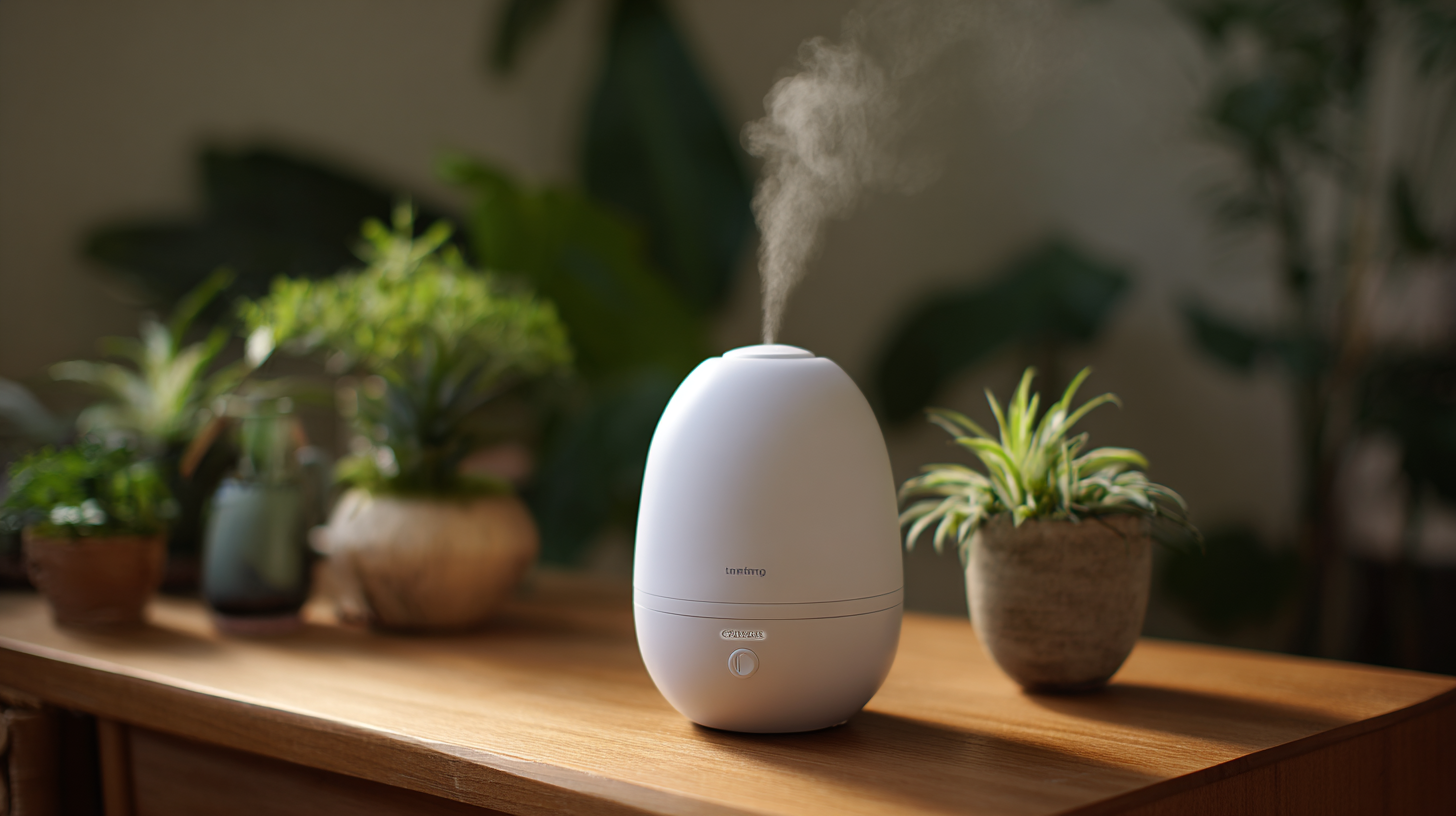
Innovative Features of Filter-Free Cool Mist Humidifiers for 2025
In 2025, the landscape of humidification technology is set to change dramatically, particularly with the rise of filter-free cool mist humidifiers. These innovative devices promise to enhance air quality significantly by eliminating the commonly used filters that require regular maintenance and replacement. According to the American Lung Association, maintaining optimal humidity levels between 30-50% can reduce airborne pathogens and allergens, thereby improving respiratory health. Filter-free models capitalize on this need by utilizing advanced ultrasonic technology that disperses moisture without the cumbersome upkeep.
Moreover, filter-free cool mist humidifiers often integrate smart features, such as Wi-Fi connectivity and app control, allowing users to monitor and adjust humidity levels remotely. A report from Market Research Future indicates that the smart humidifier market is expected to grow by over 45% by 2025, largely due to the demand for convenience and efficiency in home appliances. Additionally, many of these devices offer energy-efficient operations, significantly reducing their environmental impact while providing health benefits. As consumers become more environmentally conscious, the shift towards these innovative humidifiers not only ensures better air quality but also aligns with sustainable living practices.
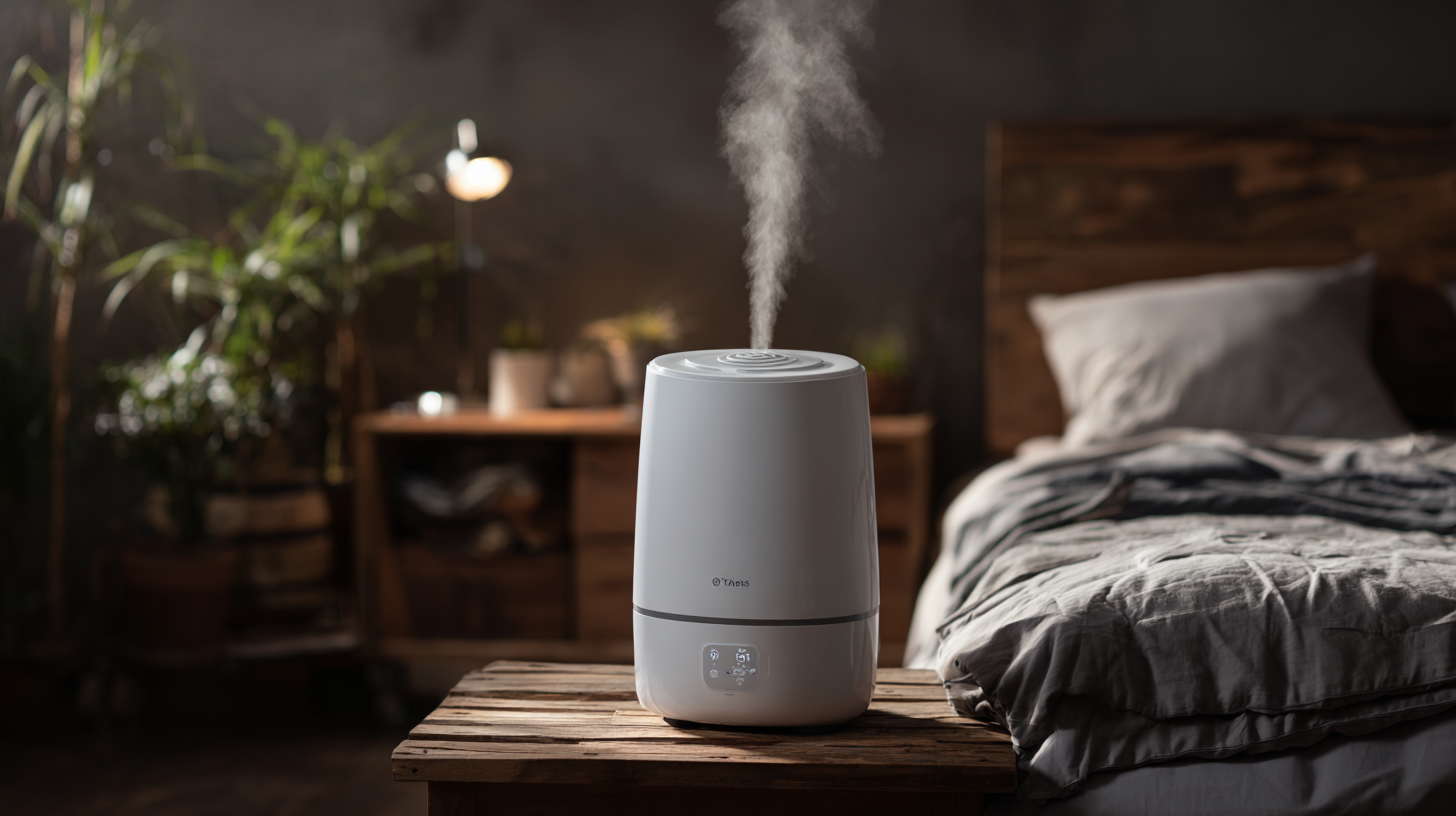
Real-World Applications of Humidification Technology Across Various Industries
The real-world applications of humidification technology are expansive, influencing various industries from food safety to healthcare. In the food processing sector, advancements in artificial intelligence and humidity control can significantly enhance quality and security. By maintaining optimal humidity levels, businesses can reduce spoilage and ensure product integrity, using innovative dual-mode paper-based humidity sensors for precise monitoring. These sensors not only provide electrical readouts but also employ colorimetric visualization, making it easier for manufacturers to respond quickly to changes in their environment.
Additionally, the industrial humidifier market is projected to flourish, underscoring the demand for effective air quality solutions. With a growth rate of 4.75% CAGR expected through 2034, industries are increasingly adopting filter-free cool mist humidifiers to enhance their operational environments. This technology does not only improve humidity levels but also fosters healthier air quality, which is crucial for sectors such as pharmaceuticals and electronics, where precise climate control is essential for product performance and safety. As the technology evolves, the integration of self-powered humidity sensors will play a significant role in energy-efficient monitoring, setting new standards in various industrial applications.
Addressing Common Air Quality Issues with Advanced Humidification Solutions
Advanced humidification solutions are becoming essential in addressing common air quality issues faced in both residential and commercial environments. With the rise of air pollution and indoor allergens, the need for effective humidity management has never been more critical. Filter-free cool mist humidifiers are at the forefront of this innovation, offering a convenient and efficient way to enhance indoor air quality without the hassle of traditional filtration systems. These humidifiers release a fine mist that not only helps maintain optimal humidity levels but also reduces the concentration of airborne irritants, creating a healthier living space.
Moreover, the technology behind these humidifiers ensures that they operate quietly and efficiently, making them ideal for use in bedrooms, offices, and nurseries. By utilizing advanced evaporation techniques, they can effectively add moisture to the air without the risk of over-humidification, which can lead to mold growth and other indoor air quality issues. As we look towards 2025, the integration of smart features, such as humidity sensors and remote control capabilities, further enhances the user experience, enabling individuals to tailor their indoor environments for improved comfort and health.
Comparative Analysis: Filter-Free vs. Traditional Humidifiers for Optimal Performance
When it comes to enhancing air quality, the choice between filter-free and traditional humidifiers can significantly impact performance. Traditional humidifiers often rely on filters to purify the water before releasing moisture into the air. While this might seem effective, these filters can harbor bacteria and mold, potentially negating the intended benefits of humidification. Moreover, filter replacement can become an added expense and a nuisance, especially for those looking for hassle-free maintenance.
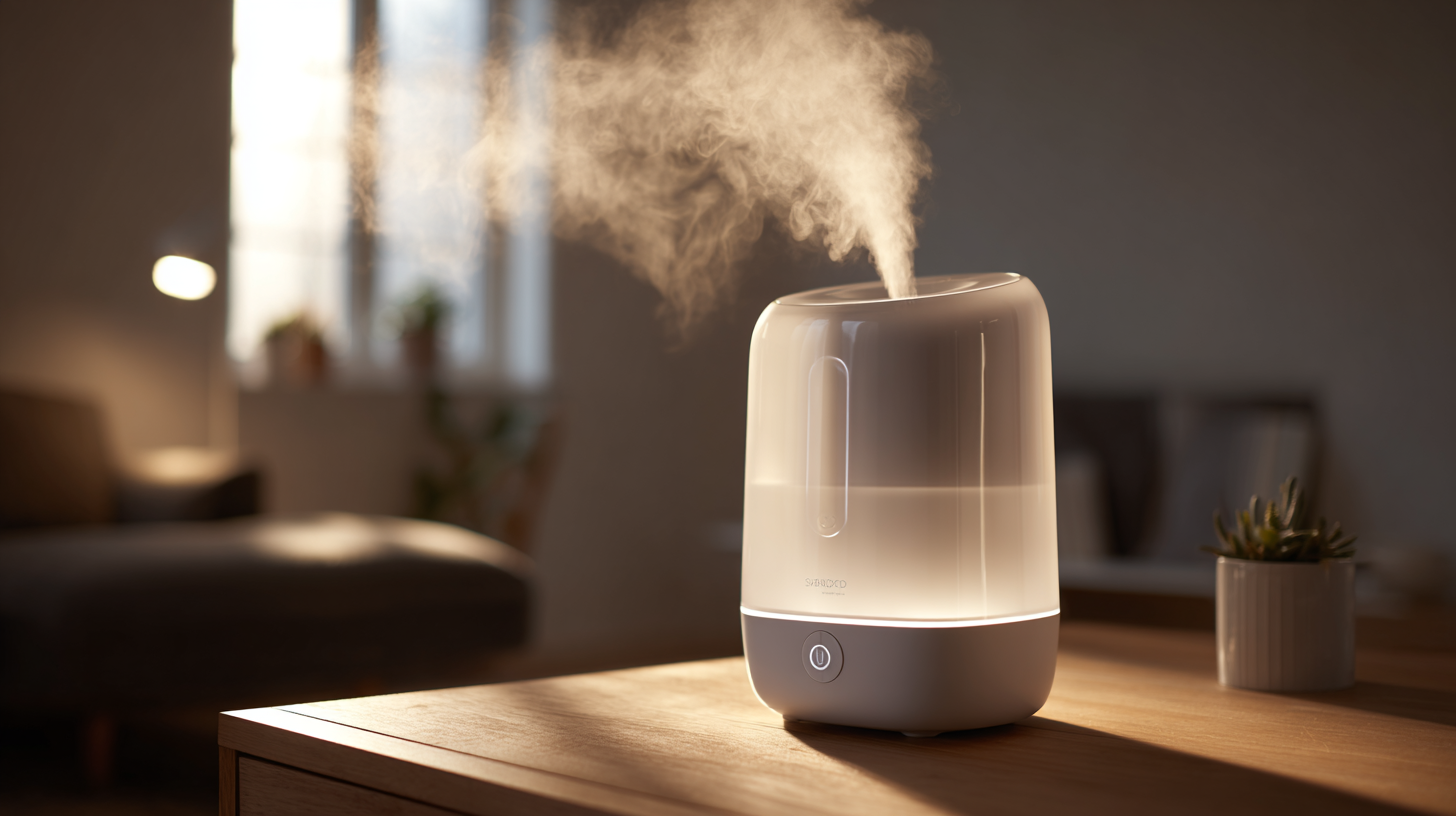
In contrast, filter-free cool mist humidifiers represent a breakthrough in humidification technology. These devices utilize innovative methods, such as ultrasonic vibrations or evaporation, to generate a fine mist without the use of filters. This not only eliminates the risk of contamination but also simplifies upkeep, making them a practical choice for busy households. Additionally, filter-free models typically allow for more versatile water usage, accommodating various sources without compromising air quality. As we look to 2025, the trend toward filter-free humidifiers signals a shift towards cleaner, more efficient technology, ensuring optimal performance for improved respiratory health and overall well-being.
Future Challenges in Humidification Technologies and Their Solutions
As the demand for improved air quality continues to rise, future challenges in humidification technologies are becoming increasingly apparent. One significant concern is the need for energy-efficient solutions that can provide adequate humidity levels without becoming a burden on electricity consumption. Innovations like filter-free cool mist humidifiers are emerging as viable solutions, leveraging advanced ultrasonic technologies that create fine mist without requiring constant filter replacements. This not only reduces waste but also addresses cost-effective maintenance for consumers.
Moreover, the integration of smart technology into humidifiers presents both opportunities and challenges. Users crave convenience and automation through mobile apps and voice control, yet manufacturers must ensure these features do not compromise performance or air quality. Future innovations may focus on developing sensors that accurately measure indoor humidity levels, allowing for real-time adjustments to optimize both comfort and energy efficiency. As we look toward 2025, the balance between convenience, sustainability, and performance will be crucial in shaping the landscape of humidification technologies.
2025 Tech Innovations in Humidification
This chart illustrates the projected advancements in filter-free cool mist humidifiers and their impact on air quality by 2025. The data showcases the expected efficiency improvement in humidification technology, user satisfaction levels, and air quality enhancement in urban environments.




